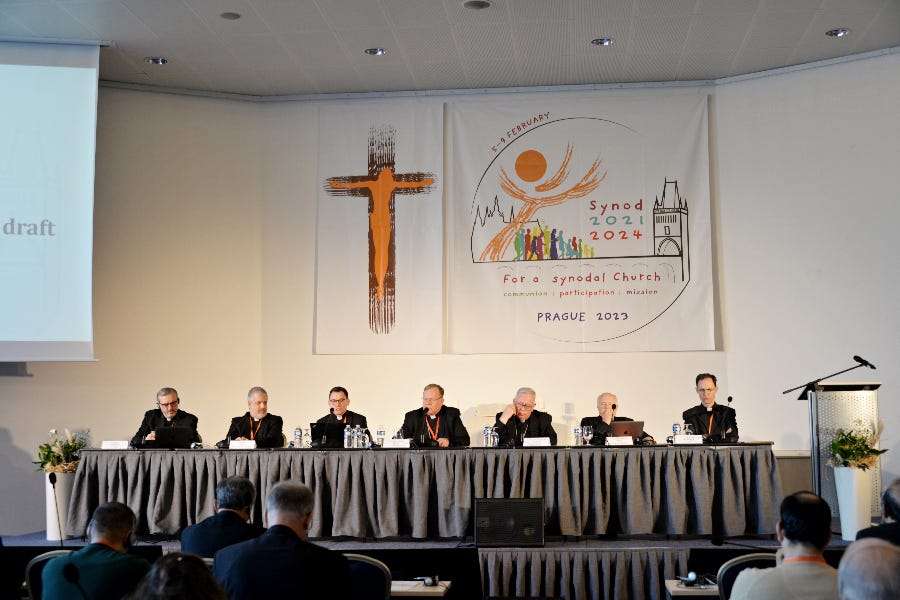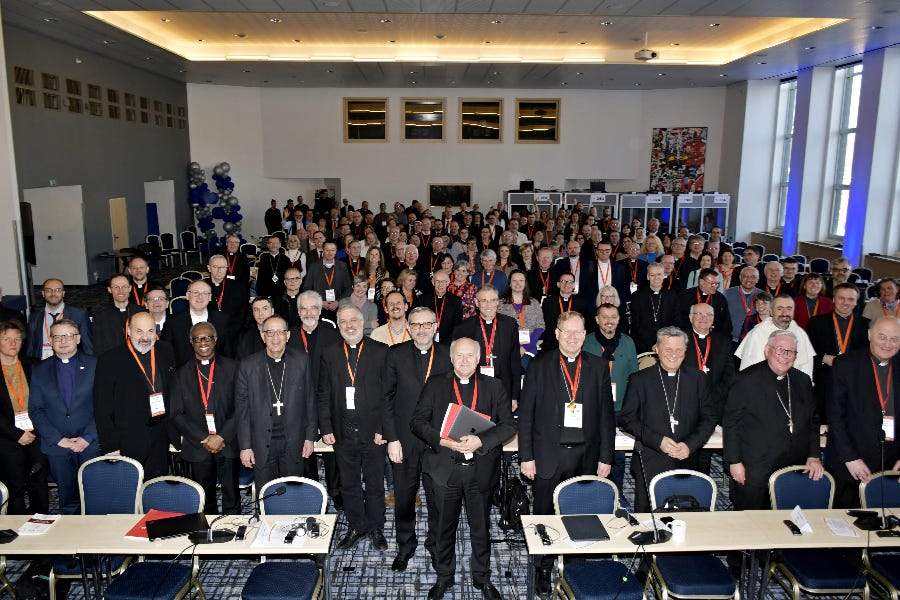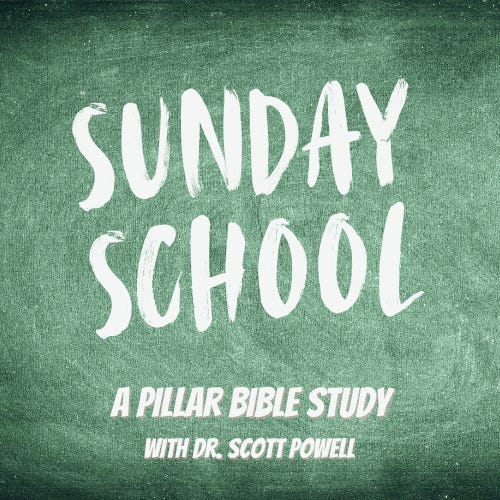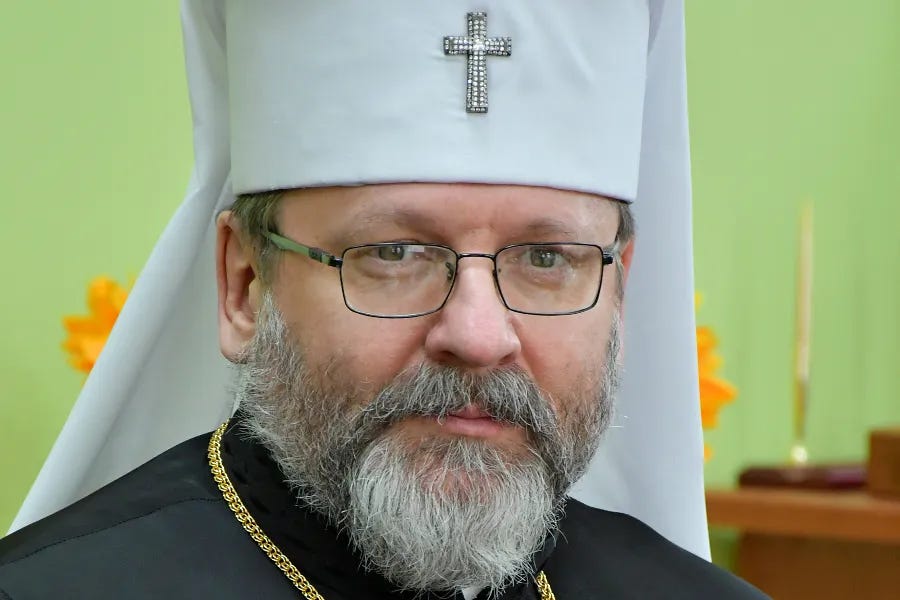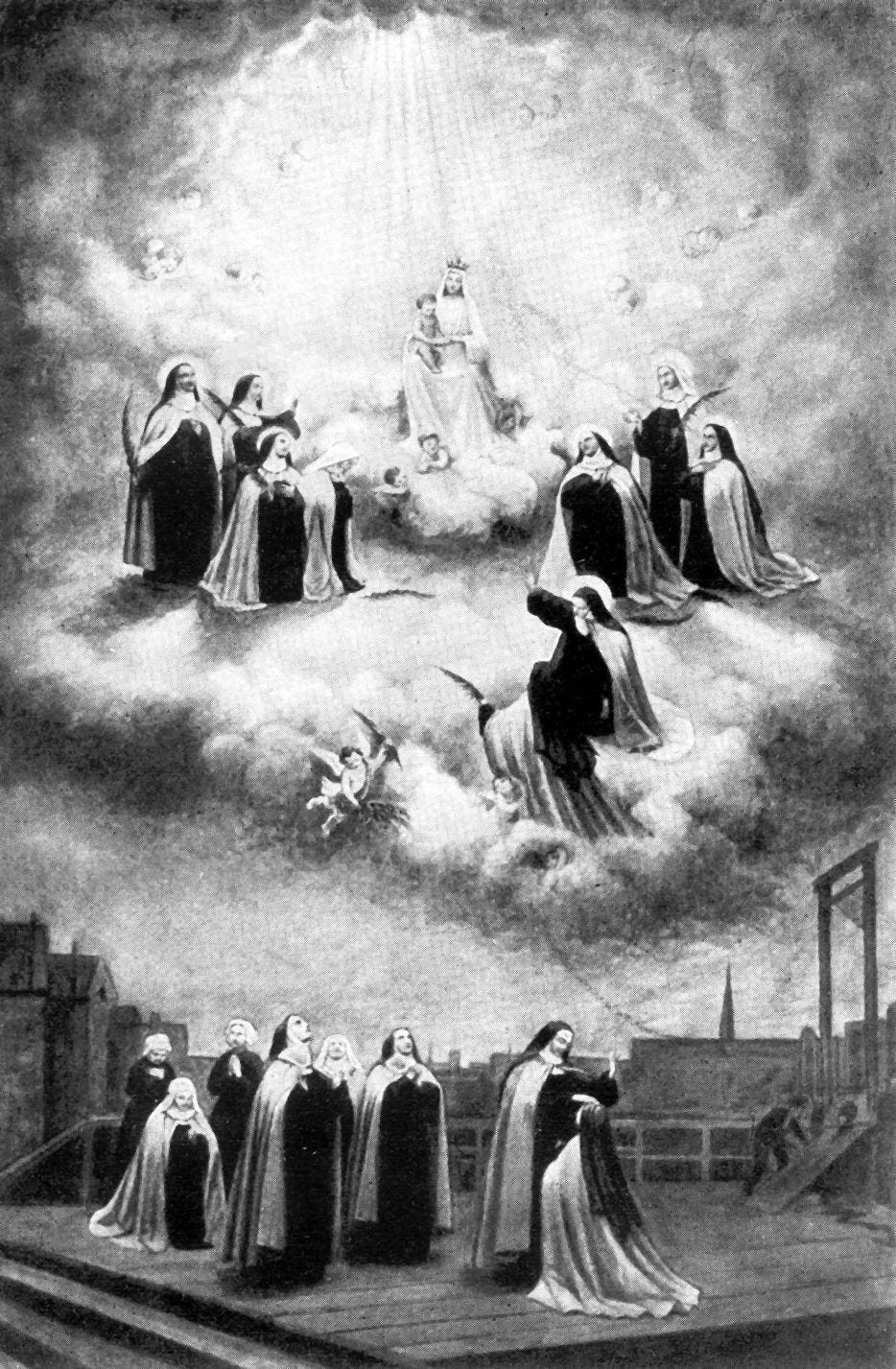The Vatican released Monday a document summing up Europe’s experience of the global synodal process launched by Pope Francis.
The concluding dossier was published April 17, two months after the European continental assembly in the Czech capital, Prague.
The 92-page text, written in both Italian and English, was the last of the continental assembly reports to be issued.
Europe’s report, along with those of Africa, Asia, Latin America, North America, the Middle East, and Oceania, will help to shape the working document for an October gathering of the world’s bishops in Rome.
The Vatican meeting — known officially as the XVI Ordinary General Assembly of the Synod of Bishops and unofficially as the synod on synodality — will focus on the theme “For a synodal Church: communion, participation, and mission.”
The bishops’ summit is the final stage in a process that began in October 2021 with a diocesan phase, moving in August 2022 into a continental stage that ended March 31 this year.
Around 200 delegates from more than 40 countries — including Ukraine and Russia — took part in person in the Feb. 5-9 European continental assembly, along with 390 online participants.
The Prague meeting was divided into two parts: an ecclesial assembly, involving “the entire People of God,” followed by an episcopal assembly consisting of the presidents of Europe’s bishops’ conference.
The ecclesial assembly’s discussions were summed up in a final text, created with the help of a six-person redaction committee. Bishops’ conference presidents published a separate commentary.
Here is The Pillar’s guide to Europe’s concluding dossier.
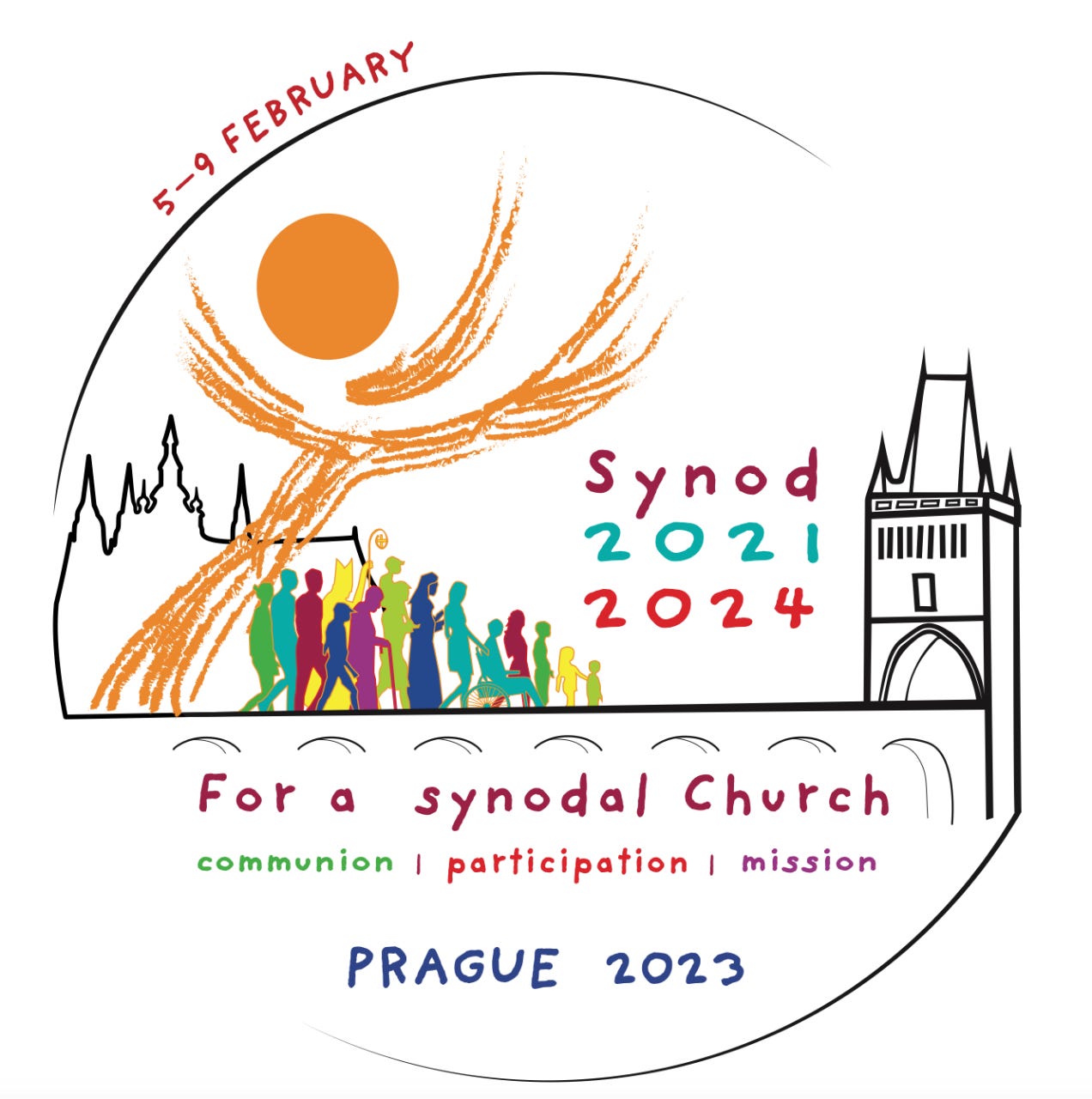
Foreword
An introduction explains that the dossier contains not only the final document but also the European continental assembly’s “final remarks,” issued Feb. 9, and the “concluding note” released Feb. 11 by the presidents of Europe’s bishops’ conferences, as well as the event’s program and list of participants.
Final remarks
The dossier begins, perhaps counterintuitively, with the Prague assembly’s “final remarks.” It suggests that this text offers “a kind of executive summary” of the longer final document.
The “final remarks” include a list of “priorities” to be considered in the final phase of the synodal process. These include deepening “the practice, theology, and hermeneutics of synodality,” taking “concrete and courageous decisions on the role of women within the Church,” and considering “the tensions around the liturgy, so as to synodally re-understand Eucharist as the source of communion.”

Final document: Introduction
The final document itself, which runs to 27 pages, begins with an overview of the Prague assembly, which it describes boldly as “the first time in Europe that the People of God — bishops, priests, deacons, consecrated men and women, lay men and women — gathered to listen to one another and dialogue in an atmosphere of prayer and listening to the Word of God.”
It says that “after four days of listening and dialogue,” participants had “a profoundly spiritual experience through the synodal method.” This enabled them to “love the Church even more deeply, in spite of the wounds it has inflicted, for which it must beg forgiveness in order to be able to pursue the path of reconciliation, heal memories and welcome the wounded.”
The introduction also includes a quick sketch of the major challenges facing the Church in Europe, such as the abuse crisis, the Ukraine war, migration, and secularization.
Final document: For a synodal Church
The next section outlines “seven points of reference” for building a synodal Church in Europe:
1. Journeying with Christ, filled with his Spirit.
2. Rediscovering the common baptismal dignity.
3. Synodality serving and enhancing mission.
4. Growing as a Church in dialogue.
5. Facing open wounds, overcoming prejudices, reconciling memories.
6. Attending to families, women, and young people.
7. Building the synodal method into Church structures and processes.
It illustrates these points — which it calls “shared intuitions from which we can all draw inspiration and ideas for implementation in specific local contexts” — with copious quotations from participants in the Prague assembly.
The document acknowledges that “during the assembly, not only differences of opinion emerged, but also mutual accusations.”
“The meeting and sharing among the delegates, particularly during the group work, made it clear that the differences in worldviews do not only run between East and West, North and South,” it says. “Despite real differences between local Churches, it is not possible to draw a simplistic picture of a Europe anchored in old divisions.”
Final document: Questions and tensions
Alongside the seven points of reference, the final document identifies seven “tensions that run through the Churches in Europe.” These are:
1. Truth and mercy.
2. Tradition and aggiornamento.
3. Liturgy as a focal point to observe tensions in the Church.
4. Understanding the mission.
5. Co-responsibility of all, in the diversity of charisms and ministries.
6. The exercise of authority within a synodal Church.
7. Unity in diversity: Between local and universal.
The text notes that some delegates called for “quick and radical changes” in the Church, while others “expressed the concern that adopting changes would risk the integrity of the Church’s teaching.”
It suggests that the liturgy is “a mirror” that clearly reflects Catholicism’s internal tensions.
“Significantly and challengingly for discernment in Europe, liturgy is very often mentioned in connection with complex tensions or with pastoral difficulties,” it says. “Instead, the joy of the liturgy in general and of the Eucharist in particular is rarely expressed.”
The final document highlights “the link between Church and liturgy, between ecclesiology and the theology of liturgy,” suggesting that this can be seen in “the tensions and sufferings concerning the ancient form of the Roman liturgy,” mentioned by delegations from France, England and Wales, and the Nordic countries.
The text says that the differences among Europe’s Catholics result in contrasting views of mission.
“Some local Churches consider that the task of a missionary Church is the strengthening of catechesis and the growth of religious practice,” it says. “Others understand mission as going out into the world to make God’s love tangible for all people, especially for marginalized and those who were hurt by the Church; others again add that the Church should be a home for all people, especially the young.”
The final document refers to divisions over calls for married priests, women priests, and women deacons, but suggests there is “a great convergence” among Europe’s Catholics on the need to promote “the real and effective co-responsibility of the People of God, overcoming clericalism.”
Given the Church’s internal tensions, the final document calls for “clarity and transparency on who can decide which issue should be handled locally, regionally or universally.”
“Numerous contributions ask for appropriate institutions and canonical structures to assist the Church in putting synodality into practice,” it says, suggesting that an Ecclesial Assembly for Europe could be held in 2025, marking the 60th anniversary of Gaudium et spes, Vatican II’s Pastoral Constitution on the Church in the Modern World.
Final document: Perspectives and priorities
The final document’s last section calls for the European continental assembly “not to remain an isolated experience, but to become a regular event,” based on the adoption of “the synodal method” at all levels of the Church.
“Doing so will allow us to address the issues on which our efforts need to mature and intensify: the accompaniment of wounded people, the protagonism of young people and women, openness to learning from the marginalized,” it suggests.
The text once again highlights the priorities for the synod on synodality in Rome set out in the Feb. 9 “final remarks” document.
Bishops’ concluding note
The dossier ends with the brief message issued by the presidents of Europe’s bishops’ conferences at the end of the Prague assembly, in which they express their commitment “to keep living and promoting the synodal process in our diocesan structures and life.”

